Introduction
Every so often I hear some disturbing comments, or someone makes one to this blog. Dealing with the twist rate discussion takes some time. The gas check question is easier to deal with. The problem usually comes up when a fellow caster and handloader reads their first book on each topic. I don't know if that's exactly the scenario for the comment made here, but I want to use it to make my points.Here is the comment, which I believe represents typical thinking for a small number of fellow casters:
Now for my response.
Twist Rates
Technically this is correct about twist rates. If you look back at prior posts I actually do mention that fact it's really about length, and also weight. However for a given nose and lube groove configuration, a longer bullet will weigh more. A shorter bullet will weight less. It's as simple as adding lead to make a bullet longer has to make it weigh more. Based on that simplification, a heavier bullet is usually longer than a lighter bullet. Read on before you object.
The nose and lube grooves being the same is key to my claim. Bullets with a different nose/lube groove configuration may vary from this. Generally, a SWC with the same weight as a RNFP will be longer. If the nose had less diameter, it simply has to be longer to weigh the same. So a full wadcutter, with no thin nose to add length, will be the shortest bullet for a given weight. Bullets that are a blunt shape will also be shorter than one with a long thin nose. OK, are we all on the same page. Oh, tumble lube grooves are also shorter than a single large conventional lube groove too, so this is another consideration.
However, it becomes tedious to have to type that in every time twist rates are metioned, so I don't. I expect the reader to understand that. I'd prefer to use the short version and talk weight.
Handloaders (or readers) do find it more helpful and informative if I mention a 145 RF vs a 173 SWC. Talking to .580 inches and .744 inches just isn't helpful. Again, it gets tedious to mention both weith and length every time, unless the article or post is specifially on the subject of twist rates and bullet design.
However, it becomes tedious to have to type that in every time twist rates are metioned, so I don't. I expect the reader to understand that. I'd prefer to use the short version and talk weight.
Handloaders (or readers) do find it more helpful and informative if I mention a 145 RF vs a 173 SWC. Talking to .580 inches and .744 inches just isn't helpful. Again, it gets tedious to mention both weith and length every time, unless the article or post is specifially on the subject of twist rates and bullet design.
Why do we care about twist rates anyway? The rate of twist will determine which bullets will stablize in a gun. For 357 revolvers, typical twist rates are 1 in 16 to 1 in 18 inches. The longer the measurement, the slower the twist. Slower twist means a shorter, and generally lighter bullet will stablize and be more accurate. Small changes in twist don't have a huge difference, in handguns. Also, shorter barrel guns may need a faster twist than a rifle and it's long barrel. The magnum revolvers were standardized (roughly) years ago, and will shoot bull house loads with heavier bullets. That's one reason the 358-429 shoots so well.
There are some good calculators to get in the ballpark bullet length/weight for a rifle. The Greenhill formula is one that has been used for years. There are variations that allow for velocity and other addtional varibles. Another more current calculator is http://www.jbmballistics.com/cgi-bin/jbmstab-5.1.cgi that is extremely useful. This calculator uses diameter, length, velocity and weight by the way, which makes it very different than the Greenhill formula. Note: If you do some reasearch you will discover that bullets up to a 3.5 stability number maintain their accuracy. That's different than what is posted on the JBM webpage. From my rifles I shoot bullets with a 2.5 to 3.4 factor with excellent results. If you plug in numbers for your revolver, the results may indicate the bullets will overstabilize and not be accurate. Don't worry, just don't use it for your 357 revolver.
I hope this was helpful. In the future I will not post all of this every time I mention twist rate and bullet weight and length. I will use the shorthand version and simple metion twist and weight. Otherwise, it's just to tedious and repeditive. That's the last time I beat that drum.
Gas Checks
As you know, I'm a fan of the 358429 bullet designed by Elmer Keith. He didn't like gas checks in 357 or 44 Magnums. At least in revolvers. However he's not the only accomplished bullet designer out there. Check out some of the info regarding Ray Thompson http://www.americanhandgunner.com/to-check-or-not-to-check/ who created the 358156. It's a gas checked bullet for the 357 that many consider the best design for my favorite caliber. Also Skeeter Skelton wrote some great articles and is rather famous too. He has pet recipes for both the 358429 and the 358156.
I haven't posted a detailed review of the 358156, but I will do one soon.
I have found in lever rifles, that gas checks really extend or raise the usable velocity, at leadt for mid-weight bullets (140-150 grains). I get a very accurate 1,850FPS with a 145 RF design with a gas check. Without a check, the accuracy falls off after 1,500 FPS. That's a significant difference. It's worthy of a gas check.
This fact alone dispells the statement that 357 Magnums don't need a gas check. To wring the last bit of perfomance out of a 357 rifle, and to avoid leading, gas checks are needed and useful. You can agree or not, get a 357 rifle and do your own tests.
The Rossi has a faily slow 30 inch twist, so the lighter bullets that it likes shoot at a higher velocity. A Marlin with a much faster twist (16 or 16.5 if memory serves me correctly) will shoot heavier bullets well. The Henry has a 38 inch twist, which to me seems bizarre, but it shoots well too.
The poster of the comment and many others choose to not use gas checks in a 357. There are others that use the Thompson design and use checks all the time, in their rifles and in revolvers. I have no problem either way.
I have no issue with everyone having their own opinion. Just don't expect everyone to agree that gas checks are not needed or helpful in a 357, espcially when there is someone like Ray Thompson who's designs are outstanding. The 358156 shooters are getting their own great results.
The poster of the comment and many others choose to not use gas checks in a 357. There are others that use the Thompson design and use checks all the time, in their rifles and in revolvers. I have no problem either way.
I have no issue with everyone having their own opinion. Just don't expect everyone to agree that gas checks are not needed or helpful in a 357, espcially when there is someone like Ray Thompson who's designs are outstanding. The 358156 shooters are getting their own great results.
I think Skeeter got it right. The real point is what bullet / load combination shoots best. He uses the 358429 without gas checks, and the 358156 with gas checks. They are both excellent.
If you don't believe me, just Google away. Or cast some and head to the range.
If you don't believe me, just Google away. Or cast some and head to the range.






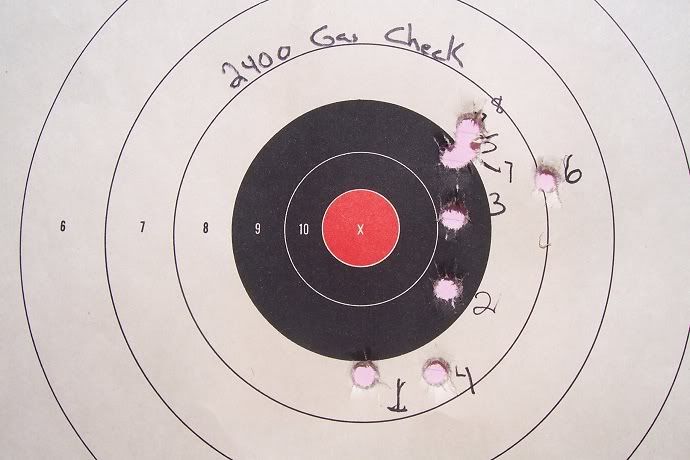
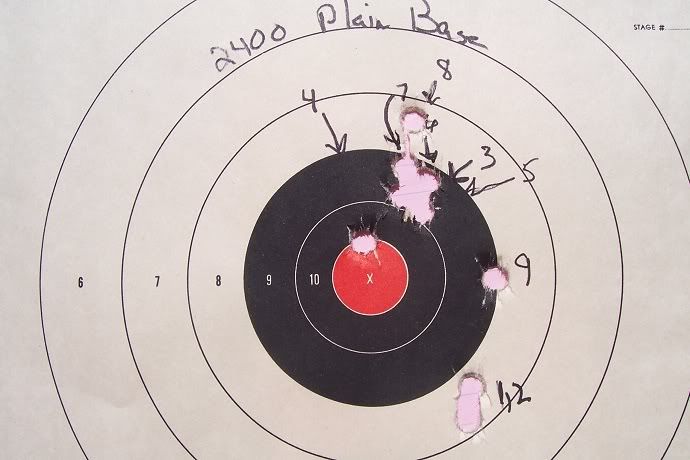




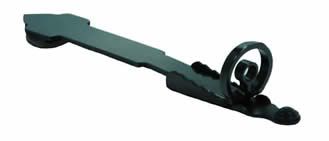













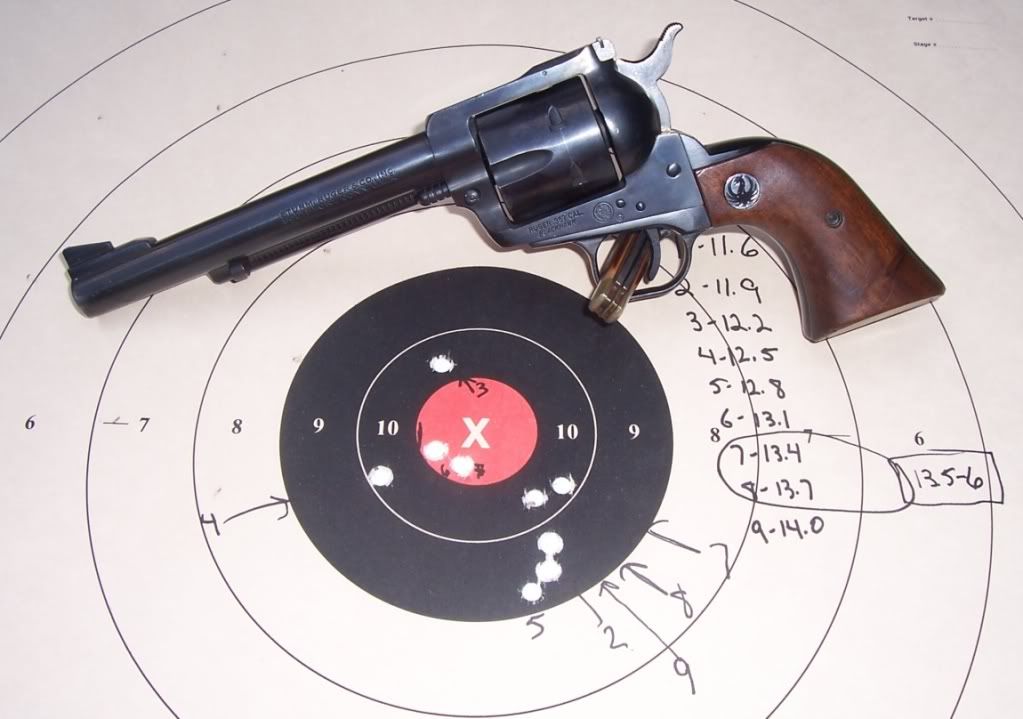
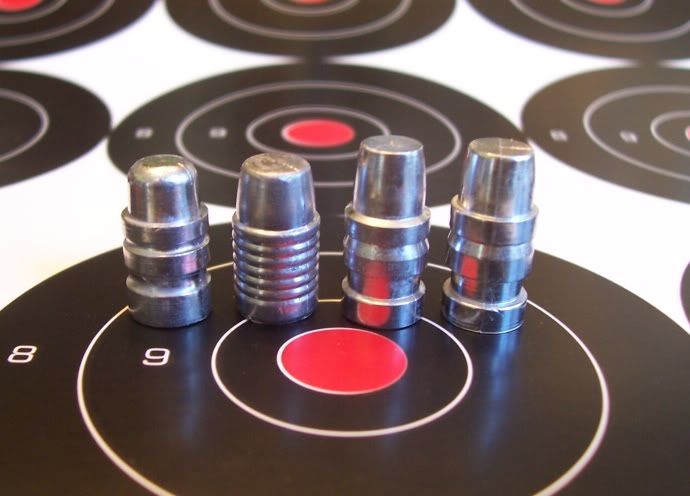
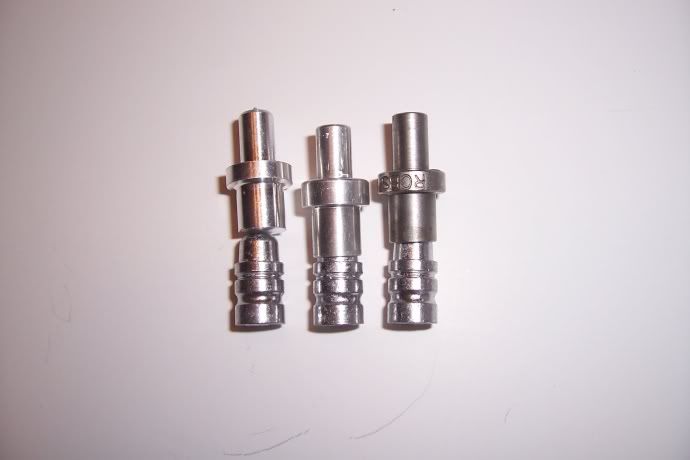


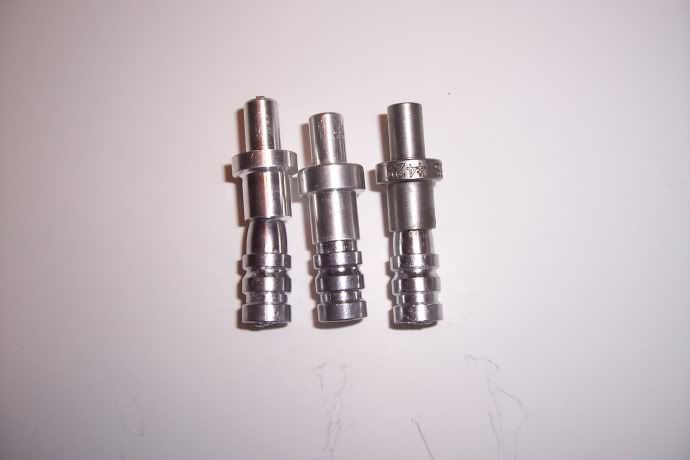




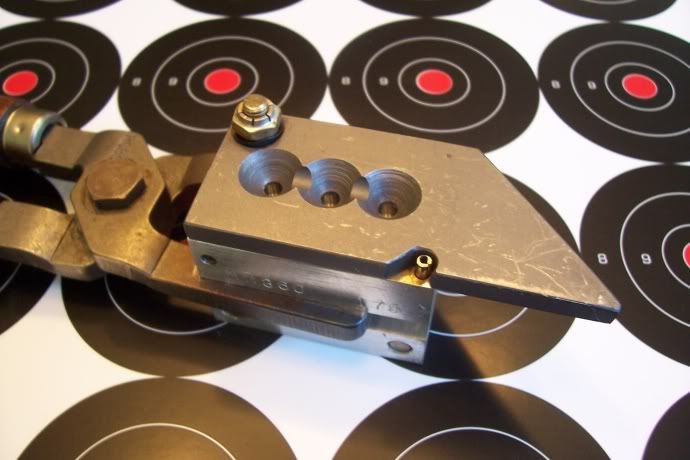
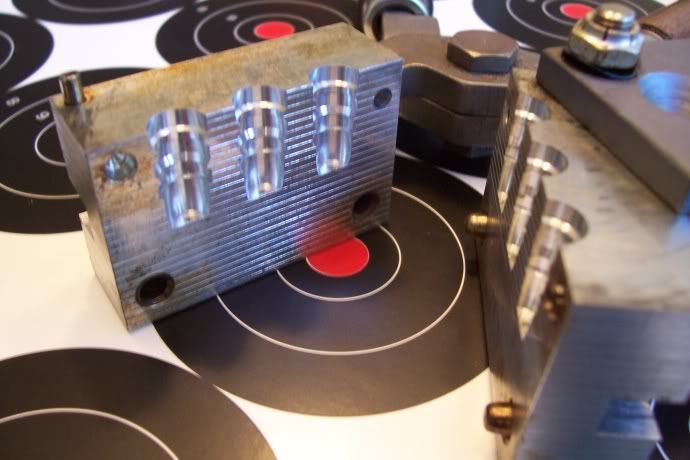

Also, my personal opinion is that gas checks aren't needed in .357mag. You may have to dork around with the correct hardness/size, but a flat base with correct obturation will prevent gas cutting.
(I just finished reading a book on Elmer Keith's work. Pardon me if I sound snarky)"